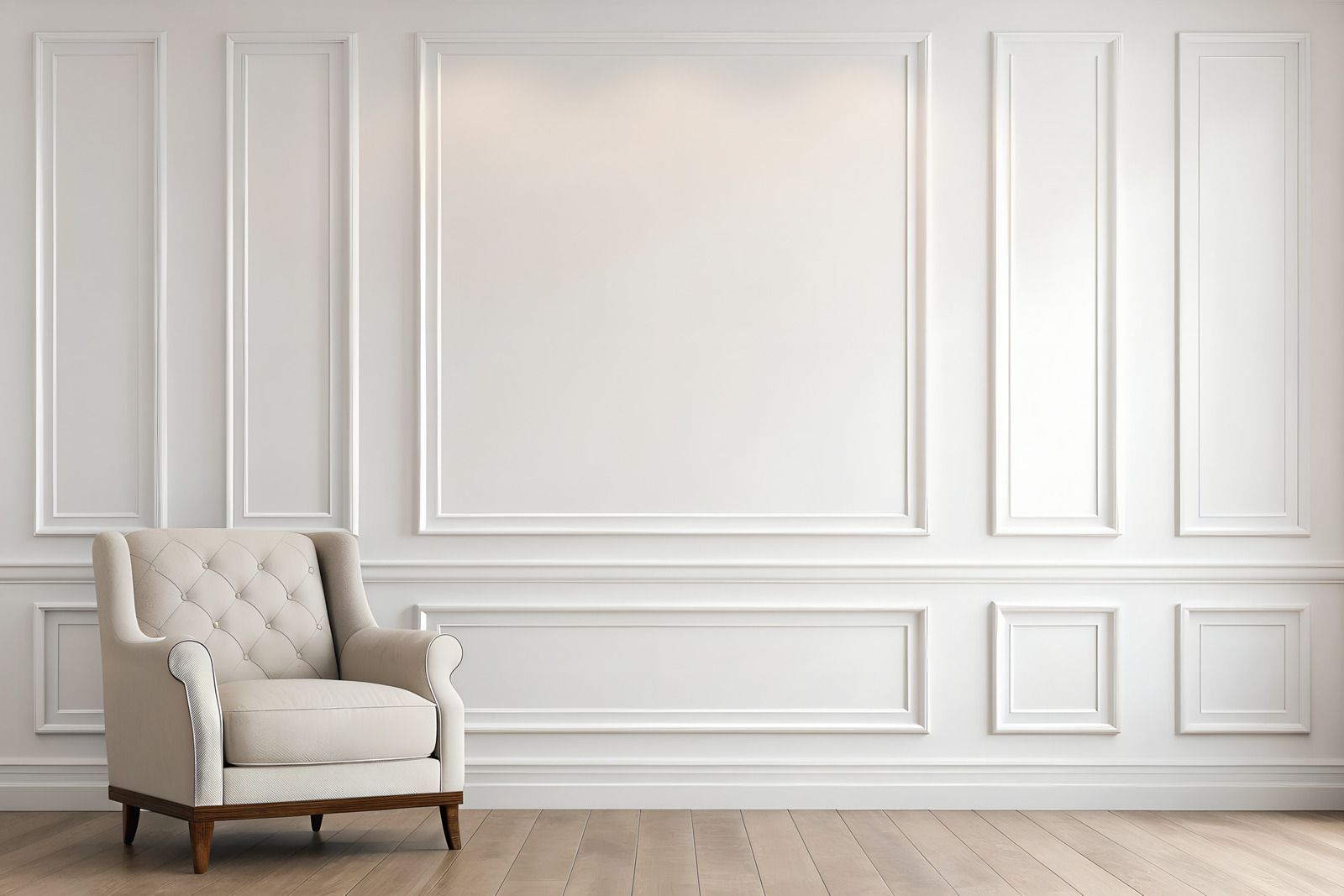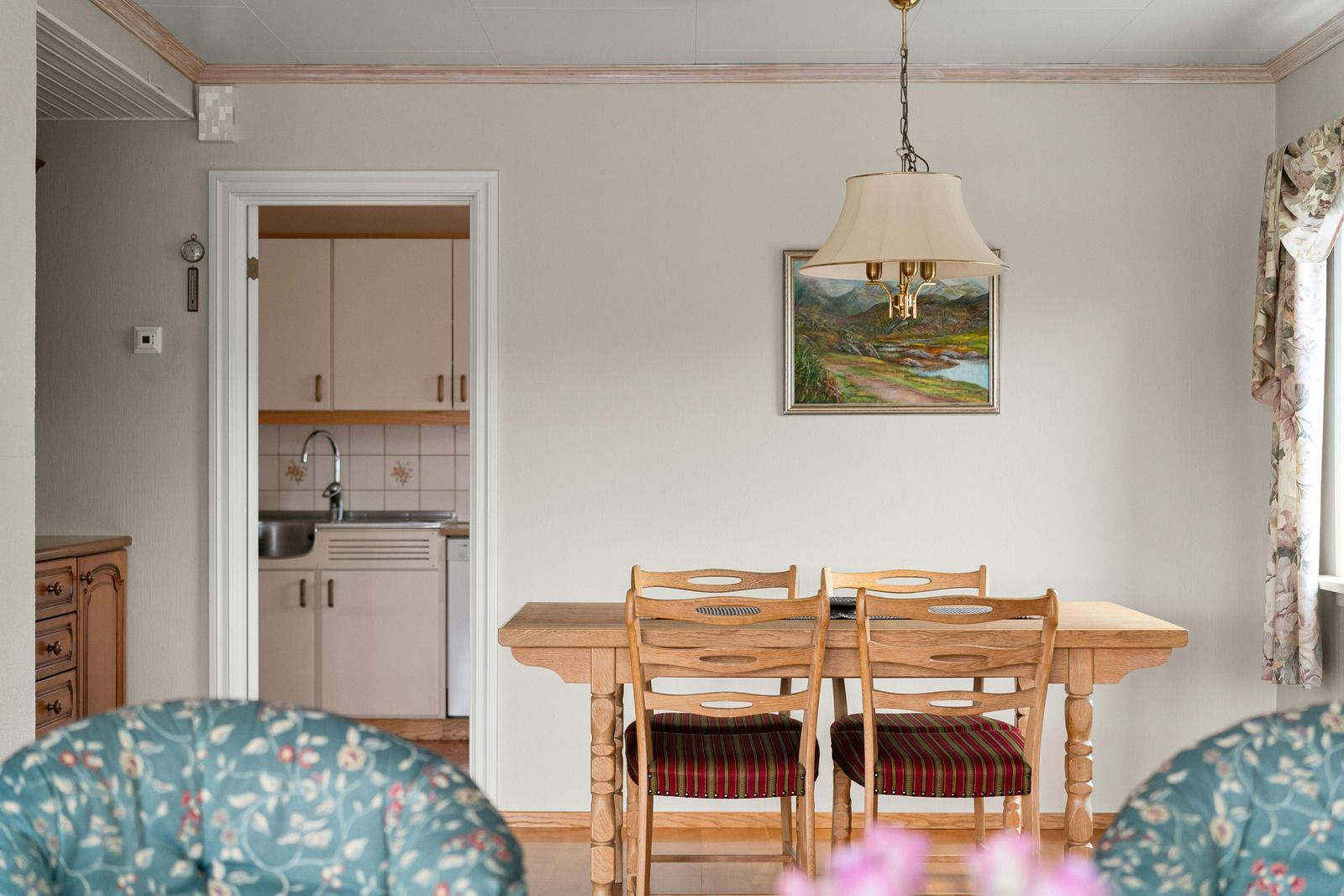The Impact of Colour Psychology in Interior Design: Expert Insights
June 2, 2025
Colour is a fundamental element of interior design, playing a pivotal role in shaping the atmosphere, mood, and overall aesthetic of a space. However, beyond the visual impact, colours can profoundly influence our emotions, perceptions, and behaviours—a phenomenon referred to as colour psychology. As experts in residential and commercial painting and decorating services in London with over 30 years of experience, we recognise the importance of understanding colour psychology when crafting interiors that reflect the desired ambience and emotional impact.
In this informative guide, we will delve into the principles of colour psychology and its implications in the realm of interior design. From exploring the emotional properties of various colours to offering professional advice on crafting mood-enhancing spaces, our goal is to empower you with the knowledge to make informed decisions on colour schemes that resonate with your individual preferences and emotional needs.
Understanding Colour Psychology: The Emotional Impact of Colours
Colour psychology is the study of how colours influence our emotions, perceptions, and actions. While individual preferences, cultural differences, and personal associations play a significant role in our reaction to colours, some general psychological properties can be attributed to specific hues. Let’s explore the emotional impact of various colours:
- Blue: This calming colour represents tranquillity, stability, and security. It is ideal for creating a serene and peaceful atmosphere in bedrooms or bathrooms.
- Green: Known for its soothing and harmonious properties, green often symbolises nature, growth, and renewal. It’s a great choice for living rooms and kitchens, where a sense of calm and rejuvenation is desired.
- Red: The colour of passion and energy, red can evoke feelings of excitement, warmth, and boldness. Use red sparingly in entertainment areas or dining rooms to create a lively atmosphere.
- Yellow: Associated with happiness, optimism, and creativity, yellow can infuse a space with cheerfulness and motivation. Use yellow strategically in workspaces or children’s rooms to encourage productivity and imagination.
Incorporating Colour Psychology into Your Interior Design
Armed with an understanding of the emotional properties of colours, it’s time to incorporate colour psychology principles into your interior design journey:
- Identify the Desired Mood: Begin by clarifying the atmosphere you wish to create in each room. Consider factors such as the room’s function, who will be using the space, and the emotions you want to evoke.
- Select Complementary Hues: Choose a primary colour based on your desired mood, and then select complementary colours to create a balanced and harmonious colour scheme.
- Balance Warm and Cool Tones: Strike a balance between warm (red, orange, yellow) and cool (blue, green, purple) hues in your interior design to create spaces that cater to varying emotional needs.
Colour Psychology Tips for Various Living Spaces
Now let’s examine some practical tips on how to use colour psychology to create mood-enhancing living spaces:
- Bedroom: As a room reserved for rest and relaxation, consider using calming hues like soft blues, greens, or earthy neutrals. Avoid overly bright or intense colours that may inhibit a peaceful atmosphere.
- Living Room: Aim for a welcoming and comfortable ambience in your living room by using warm, inviting colours like rich earth tones, warm neutrals, or soft greens.
- Kitchen: Inspire creativity and energy in your kitchen with the use of vibrant colours like sunny yellows or invigorating greens.
- Home Office: Encourage focus and productivity in your home office by incorporating cool, calming colours like shades of blue or green, supported by accents of motivating hues like orange or yellow.
The Role of Colour in Smaller Spaces and Lighting Conditions
In addition to the emotional impact of colours, it is essential to consider the practical implications of colour schemes in small spaces and under various lighting conditions:
- Creating an Illusion of Space: Light, bright colours can make small spaces feel larger, while dark colours can create a more intimate and cosy atmosphere.
- Natural Light: The amount of natural light in a room can dramatically influence the appearance of colours. Colours tend to look more muted in north-facing rooms, while south-facing rooms typically benefit from plenty of sunlight, which can intensify colours.
- Artificial Lighting: When it comes to artificial lighting, pay attention to the colour temperature of lightbulbs, as warmer lights can enhance warm-toned colours while cooler lights highlight blue and green hues.
Unlock the Power of Colour Psychology with Decorwise Painters and Decorators London
With a thorough understanding of colour psychology and its practical applications in interior design, you are now equipped to create environments that harness the emotional potential of colours. Crafting interiors that reflect the desired ambience and cater to your unique preferences and needs is an immensely rewarding experience, made possible through the expert guidance of Decorwise Painters and Decorators London.
Trust Decorwise Painters and Decorators London, with over 30 years of experience providing residential and commercial painting and decorating services in London, to guide you in creating living spaces that captivate both visually and emotionally. Together, we will unlock the power of colour psychology, resulting in interiors that are tailored to meet your aspirations, lifestyle, and emotional well-being.



